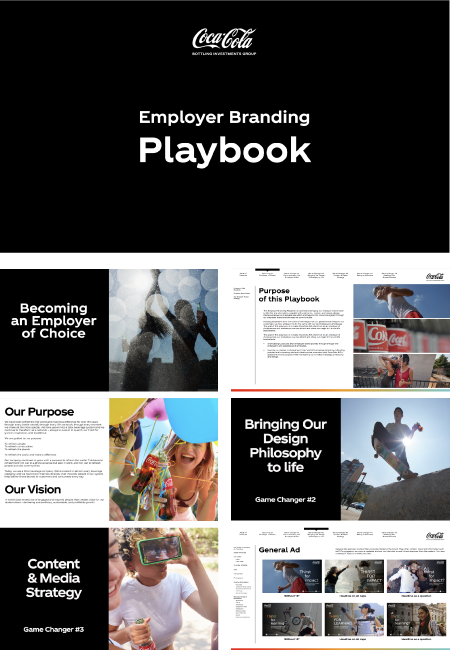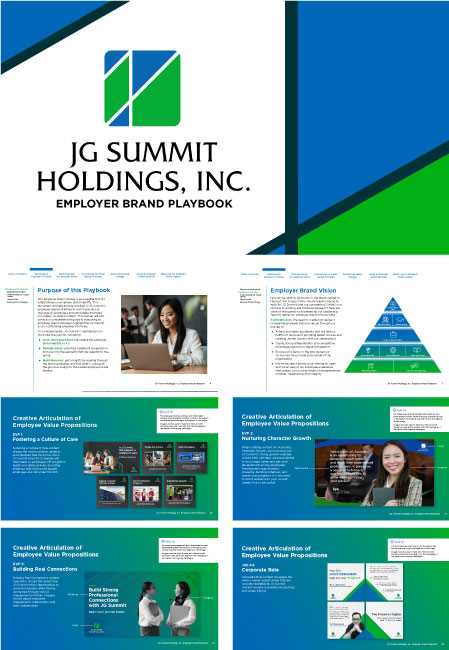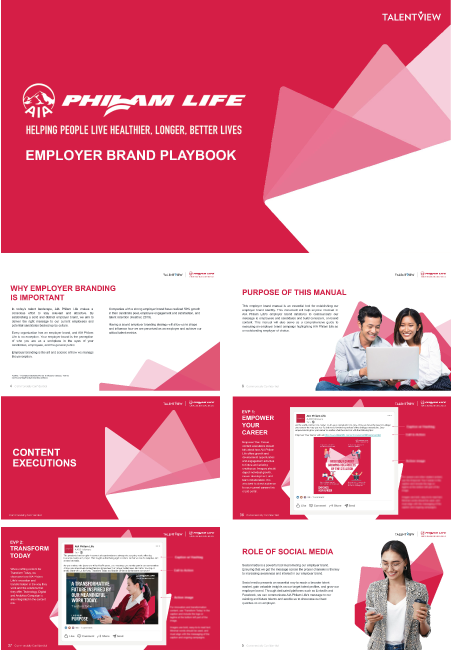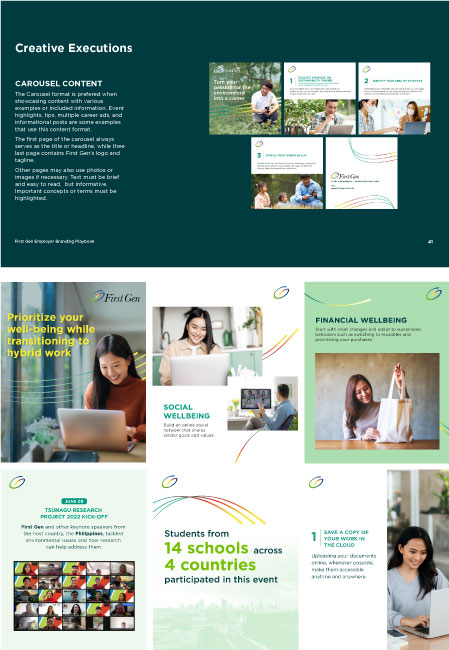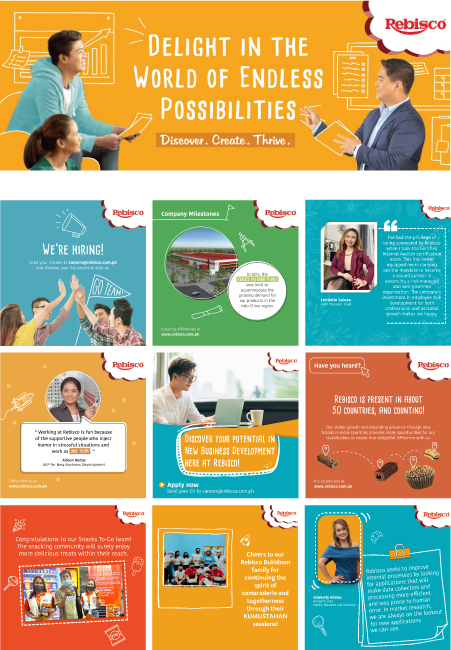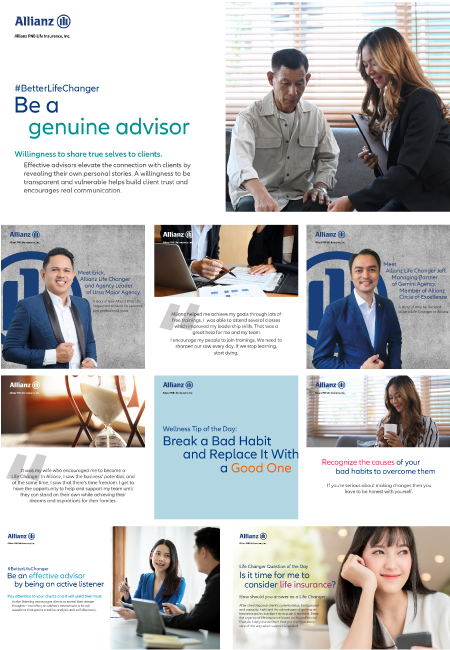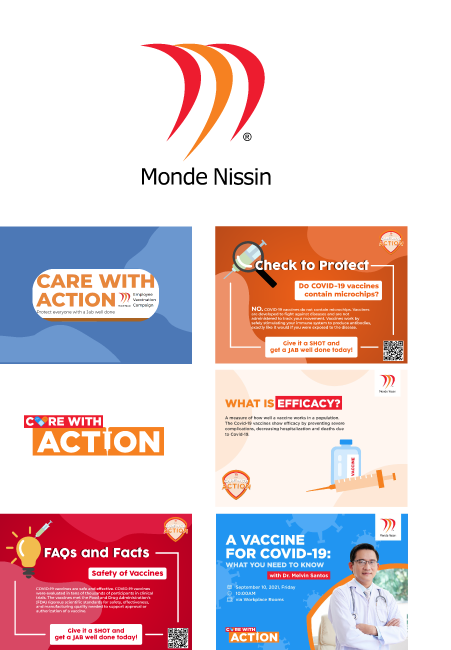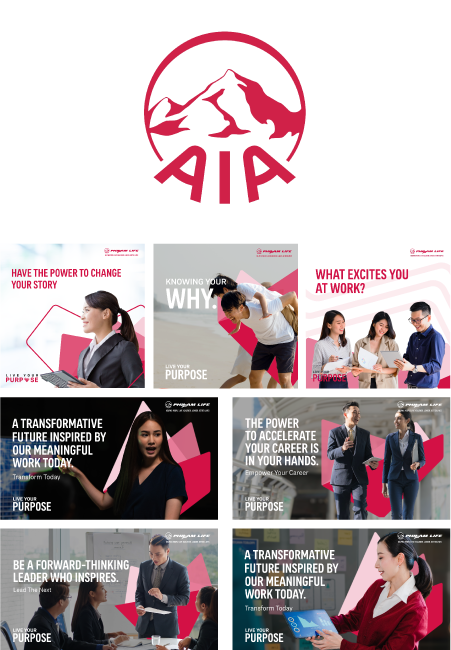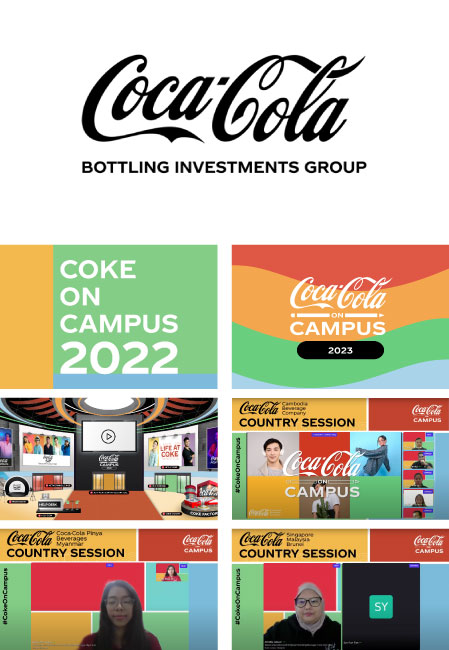Guess Who’s Disrupting HR Tech Now? Facebook. Yes it’s Facebook.
by Josh Bersin
BY JOSHBERSIN · PUBLISHED
I’ve never been a big Facebook user – it always seemed like a poorly designed platform and I don’t like sharing my personal information all the time.
So when the company launched Workplace from Facebook I was not expecting much. The initial product, developed for internal collaboration inside the company, was just a “gray” version of Facebook itself, and I figured most companies wouldn’t want much to do with it.
Well, I was wrong. Workplace by Facebook is pretty amazing, and companies are now adopting it like crazy.
Yes, there is Microsoft Teams, Slack, and hundreds of other collaboration and learning tools for HR – but Workplace from Facebook is different. It’s easy to use (everyone already uses Facebook), it’s totally mobile ready, and it has so many advanced features for collaboration, video chat, and sharing it immediately becomes useful to employees. And the company is focused on the needs of HR.
First, let me just explain what it is. Workplace from Facebook is a special implementation of the Facebook code (the company swears to me that it does not capture personal data for advertising) designed for corporate users. It looks and feels like an open collaboration tool (there is a news feed, set of channels, chat interface, and place to post documents, articles, videos, and more). It’s extremely easy to use, includes live video chat, and now has hundreds of plugin applications.

And unlike Microsoft Teams and Slack, the product is being positioned directly for HR. For HR professionals, this type of product is a godsend. Why? Because it’s a communication tool, collaboration tool, team management tool, learning tool, and HR tool all in one.
Why This Product Is Doing So Well
Last I checked, Facebook already has more than 5 million users and over 500 companies using Workplace, and the volume is more than doubling every six months. (Microsoft Teams, by comparison, has 75 million users.) When I ask companies why they use it, the answer is pretty simple: it’s easy to learn, people can use it anywhere (it’s positioned for “deskless” or “front line” workers), and it has hundreds of plugins and applications. (See more on this below.)
Remember Yammer from Microsoft? This was a product that took the best of “Yahoo” and offered it to corporations for collaboration. Yammer, Sharepoint, and all these “portal-based” products are very useful to IT, but users don’t find them particularly easy to use. I remember trying to configure Sharepoint for our company and we ended up using a wiki instead.
For better or worse, the number of tools for collaboration are overwhelming. There are all the Microsoft products and new offerings from Slack, Cisco, Adobe, Atlassian, Google, Citrix, VMWare, and more. In fact just about every IT software company has now developed some new type of “collaboration” or “virtual office” product for companies. All with the best of intentions.
And each of these products does different things. Yammer and Sharepoint are good for structured, global sharing. Teams and Slack are good for messaging. Webex and Zoom are good for virtual meetings and online events. And products from Adobe, Cornerstone, and others are good for education and training. So companies buy all of them, and often the IT department spends a lot of time sorting them all out.
In my world, I am constantly “switching tools” as I talk with different companies, and it tends to drive me crazy. I am a big Microsoft user, so I pray the tool will interface with my Outlook calendar and other Office settings. But sometimes it doesn’t, so I end up pressing “talk” and suddenly a voice or video just appears. I’ve had situations where a ringing sound started and I wasn’t sure which tool was calling me. And I am constantly getting emails with Google links that never seem to work.
Well, Workplace is intended to clean this up. If you’re a retail worker, a mobile employee, a delivery driver, or any other type of front-line employee (we are all “front line” at some point in our jobs), Workplace is a single place to go for everything. Users can easily collaborate with the whole company, set up a team, and chat with the system through a chatbot. So while Microsoft shops may not like it at all, it’s easy to use and even Microsoft-centric companies are buying it.
Two Simple Examples: Farmers Insurance and Honest Burgers
So far I’ve talked with several companies using Workplace, and the stories are impressive. The first is an organization called Honest Burgers, which has more than 40 different high-end burger shops in the UK.

As with any restaurant chain, they’ve been through a lot. The company has around 750 employees and as you can imagine they’re moving, changing roles, and in the middle of hiring and transitioning people through the Pandemic. So they needed a tool that would provide communication, training, workplace scheduling, and overall team management.
It turns out Workplace is doing all of this well. Rather than try to build some interface on top of the payroll or core HR system, Workplace has turned into a “swiss army knife” that provides all sorts of applications the company can use to manage people. And as I learned more about it, I was pretty impressed.

The head of HR, Chantal Wilson, told me Workplace is really a whole platform for HR. Not only does the system let all 750 employees talk with each other (and break into store teams, resource groups, and other affiliated groups), but the chatbot in Workplace lets the company build applications. Honest Burgers actually taught their teams how to build applications on the bots, and they’ve built applications for scheduling, safety training, and employee self-service. (You can ask Workplace “how do I get paid for my overtime?” for example.)
When I talked with Chantal they had already built 16 different bots like this, and the applications for COVID-19 are pretty impressive.
COVID-19 Bot for Honest Burgers
For safety, Chantal wanted an application that lets employees find a store location that is within 15 minutes of their home. So they built a bot that looks at ten pieces of data about each employee and tells the company how to open up restaurants that are within a 15-minute bike or walk from their workers. They created a Google Burger Map and pulled together all the employee skills (chefs, managers, servers) so they could make quick decisions about where to open stores for optimum safety.
What occurred to me as we talked is that Workplace is not only a communication platform, it’s an Employee Experience system as well. Every company is trying to build new workflows to improve a myriad of new employee experiences, and whether you have Workday, SAP, ADP or some other payroll system, the back-end HR platforms are rarely flexible enough. Based on what I’m learning about Workplace, you can pretty easily build “employee experience applications” here, competing to some degree with ServiceNow.
And Workplace is also a self-service app. The chatbot is intelligent and can route service requests to different areas. While this is not nearly the platform that ServiceNow or Medallia have for EX applications, it does have plugins for employee surveys, performance management, and many other emerging areas. So as the product starts to grow in popularity, I think vendors of all types will build plugins.
Farmers Insurance
What about bigger, more conservative companies? Well despite Facebook’s various marketing challenges, the company has been successful in some pretty big clients. I also interviewed the HR team at Farmers Insurance, and they found the product to be a godsend.
Farmers Insurance is a 92-year-old insurance company with lots of legacy systems. Once a small Los Angeles based insurance company, the company has steadily grown and is now owned by Zurich Insurance. And as you may imagine, the culture is fairly traditional, and with 20,000 employees in the United States (150 offices), the company needs lots of employee communications and support tools.
Well, Workplace from Facebook has been revolutionary. The company rolled it out to all its US employees and almost immediately open communication started to happen. The Chief Information Officer and Chief Marketing Officer were the original sponsors, and then HR became the internal champion. The tool was integrated with Farmers’ Great Places to Work initiative, so it was positioned as part of the employee experience.
Farmers had an intranet with some ability to comment, but people were rarely using it. The company would post an article or communication, and people would occasionally post comments. Workplace represented a huge change – now anyone could comment on anything. And rather than “edit and approve comments,” the communications were suddenly open.
As the HR leadership told me, it was a bold and game-changing move. Suddenly 20,000 people all have the opportunity to post any comment on any topic, so people were a bit nervous. But it has worked exceedingly well. There is a big group called Farmers Today which lets everyone comment on anything. There is also a group called Farmers Careers, which lets people talk about jobs and career moves. And each department (HR, HR leadership, Employee Resource Groups), each built groups of their own.
How do they manage the environment? Farmers has taken a very trusting approach: there are no “policies” or “guidelines” on how to use it – and no training at all. People learned how to use it almost immediately (it’s just like Facebook), and there has been no misbehavior at all. In fact, Farmers’ culture is built on trust, so the system embraces the company’s core values.
If someone says something inappropriate, any employee can “flag” the post and it goes to an administrator. The HR team told me this rarely happens, but this serves as a “social conscience” that helps the comments stay positive.
As I talked with the Farmers team about the details, I realized that in the right company this tool could even become the employee survey tool. Once people feel comfortable using it, a simple poll or survey could be published at any time (like polls on Twitter or Facebook), and the organization could get feedback in hours.
How has Workplace really helped Farmers? Well in the era of the Pandemic, leaders and employees need to talk all the time. And while the Zurich approach was to create lots of top-down messages, at Farmers the CEO wanted to communicate all the time. So the CEO and his wife produced their own “at-home videos” every week, and these are now posted on Workplace. The tool is so easy to use that leaders and employees can post videos and communications just like in the public internet.
The result is a real-time communication culture, and the hierarchy is starting to break down. Everyone is on the same platform; “all-employee” meetings are now conducted on Workplace; and as stress and anxiety have increased from the virus, HR now does regular polls to figure out how to make work easier. The entire new summer schedule was done through these polls, and tools like SurveyMonkey are now built-in.

What about the culture of feedback and comments in general? When the company changed payroll and benefits platforms, there were a lot of issues to address. Workplace gave people a place to talk and ask questions, and seems to encourage people to provide constructive feedback. While people have not become argumentative or contrary on the platform, the HR team believes the culture is becoming more open. People say things like “better late than never” and other comments online, and the HR team sees this all as healthy and constructive.
The system is also making the company feel more fun and collaborative. Farmers has always been a positive, supportive company but now the HR team sees more humor and personal experiences coming into the workplace. There is a Parent Connect group, for example, which lets people ask questions and share ideas about taking care of kids at home during the pandemic. People now know more about their colleagues than ever before, creating a more “human” workplace.
Farmers also believes Workplace is increasing business speed. Today the HR team can quickly post questions about PPE, a new regulation in Michigan, or some other policy somewhere in the country, and can post a new hospital or healthcare benefit in only a few hours. In the past it took hours just to find the policies in place.
Similar to Honest Burgers, the company is also integrating other tools. Farmers uses BI Worldwide for employee recognition, and this is now integrated into Workplace. You can “thank” or “reward” people through Workplace, and the BI Worldwide system works behind the scene. Farmers and Zurich also uses ServiceNow, and they are now integrating case management and knowledge management into Workplace as well. While this integration is ongoing, the company expects to use Workplace as it’s front end system.
Is This An LXP? Learning In The Flow Is Also Coming
Both Farmers and Honest Burgers also see Workplace as a learning tool too. Farmers built something they call “Brain Trust In A Box,” which is a curated site filled with articles and stories people want to share. Rather than buy an LXP and put it all there, they post these on a group in Workplace. While it certainly isn’t a learning system in itself, Farmers has integrated LinkedIn Learning into the platform so a degree it actually serves as an LXP. And the new KnowledgeLibrary is going in the right direction.

Watch Out HR Tech Market: Workplace Is A Disruptive Platform
I’ve been an analyst for more than 20 years and rarely do I see a technology that can transform the workplace. SuccessFactors and Cornerstone did this in the last decade, and Workday and ServiceNow are doing it today. Well, Workplace may be a disruptive technology for the future.
Yes, Microsoft Teams is massive – and nearly every big company will use it. But Microsoft is not yet laser-focused on HR, and Workplace currently is. As many HR leaders told me, they like Workplace because it’s incredibly easy to use, it supports workers in any role, and it’s easy to integrate with other tools. And once you turn it on, people just start using it.
One final point. While all these tools (Workplace, Slack, Teams, Zoom, Webex, etc.) may seem similar, there are subtle and important differences.
Is it a top-down system or a bottoms-up system? How easy is it to find and share messages? How fast and easy is video to use? And how well does it work on low bandwidth?
Microsoft is investing heavily. Teams does automatic language translation, indexes documents and videos (check out Project Cortex), and will soon recommend learning. But Facebook is a technology powerhouse too – and the company is focusing in this direction.

Can Facebook Pull This Off?
Every IT and HR manager has to place some bets on vendors, and I think this bet is worth taking. If there’s one thing I’ve learned about the tech industry, it’s that scrappy hard-working companies always win. And that’s what Facebook is all about.
And the company has a lot of tech to leverage. Think about Facebook’s expertise in translation, global collaboration, video distribution, AI, and VR. It’s all coming to Workplace over time. And that means Microsoft, Workday, and even ServiceNow will see some competition.
Right now the #1 topic in business is helping support employees. The need to connect, empower, share, and learn is greater than ever. Workplace is in the right place at the right time.
I’ll be watching them closely.
(Customers that have invested in Workplace include Walmart, Chevron, AstraZeneca, Nestle, Telefonica, Starbucks, BT, GSK, NAB and LIXIL, and fast-growing startups like Deliveroo, Spotify, Farfetch, Ennismore and Soho House.)

TalentView is a Workplace by Facebook Partner

FREE DEMO
Schedule a Demo and Try Workplace by Facebook
This article first appeared in Josh Bersin's Blog:
https://joshbersin.com/2020/06/guess-whos-disrupting-hr-tech-now-facebook-yes-its-facebook/
TalentView is a leading employer branding firm with a mission of elevating human capital standards across the ASEAN region. Working directly with business leaders in Fortune 1000 companies,TalentView’s solutions help create and maintain exceptional experiences to attract, engage and retain their talent. Partnering with key global players including Workplace from Meta, The Bot Platform, Talegent, Indeed, Glassdoor, and Hootsuite.
Uncover Your Brilliance with us!







